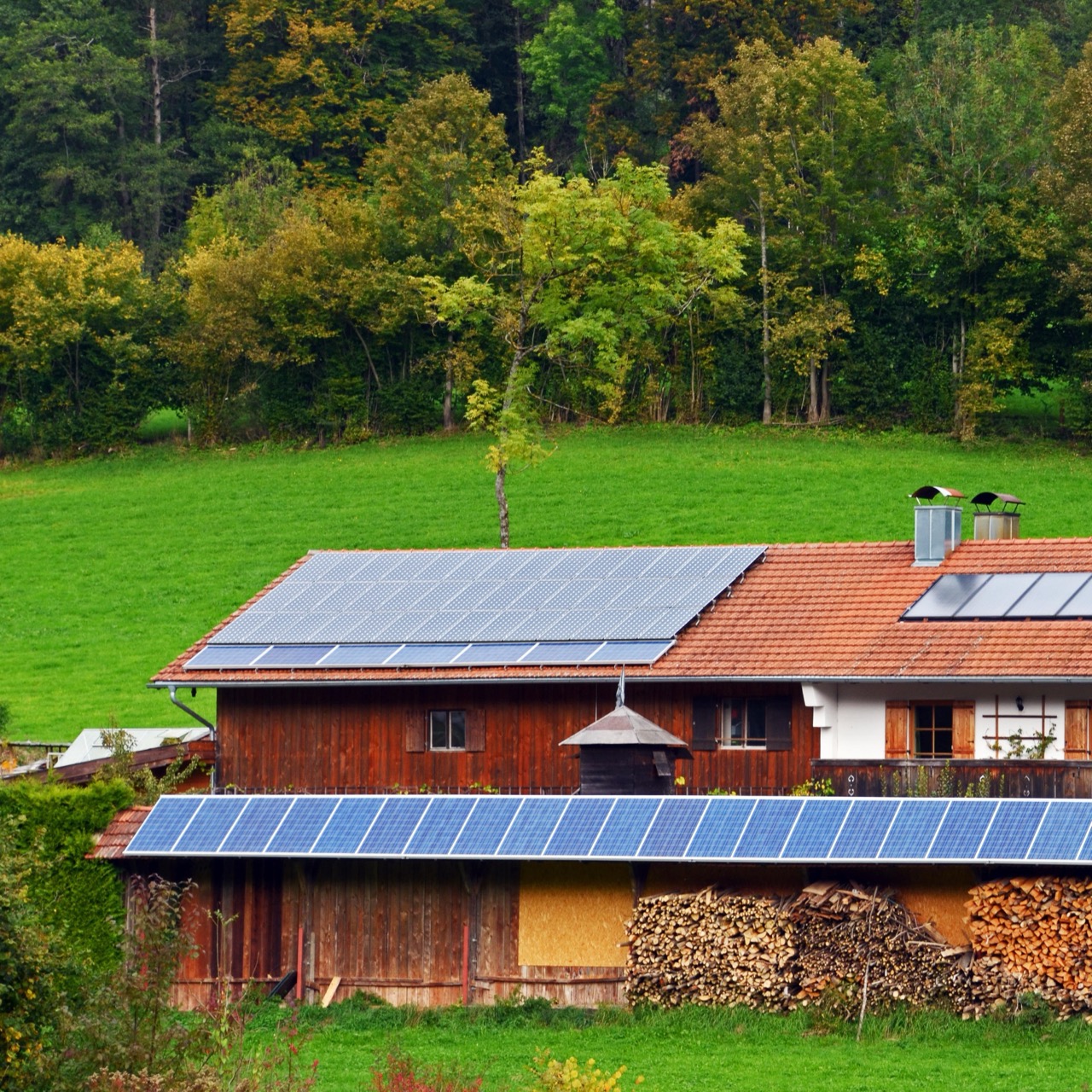
Wind and solar displace a fifth of EU fossil generation since 2019
Clean power has surged in the EU since 2019. Wind and solar are rising across Member States, increasingly pushing coal and gas out of the mix.
Wind and solar growth since 2019 cut fossil generation by a fifth
The EU’s strong commitment to the clean electricity transition, reaffirmed with the approval of the Green Deal in January 2020, has resulted in a deep transformation of its electricity sector. Since 2019, EU wind and solar capacity has grown by 65% (+188 GW). Wind capacity increased by 31% (+52 GW) to reach 219 GW in 2023. Solar capacity has surged even faster, more than doubling (+113%) from 120 GW to 257 GW. This is equivalent to installing more than 230,000 solar panels every day during these four years.
This new wind and solar capacity resulted in a 46% (+226 TWh) combined increase in generation from 2019 to 2023 and propelled wind and solar’s share in the EU electricity mix from 17% in 2019 to over a quarter in 2023 (27%). This was the main driver behind the increase of the share of total renewables from 34% in 2019 to 44% in 2023.
Fossil generation decreased by 22% (-247 TWh) over the same time period, with sharp falls in both coal and gas generation. Coal generation fell by a quarter (-25%, -115 TWh) from 2019 to 2023. This was despite a temporary uptick in 2021 amidst the energy crisis, and the temporary postponement of some coal power plant closures that did not impact the overall trend of declining generation. Gas generation fell for four consecutive years, ending 2023 at its lowest level since 2015, 21% below its 2019 levels (-120 TWh). This decline in coal and gas generation resulted in the share of fossil generation falling below a third (32.5%), down from 39% in 2019 and an 18% drop in power sector emissions.
The increase in wind and solar generation (+226 TWh, +46%) was enough to displace a fifth of the EU’s fossil generation from 2019 to 2023. Without the wind and solar growth, fossil generation would have fallen by a mere 1.9% (21 TWh) instead of a substantial 22%, as lower electricity demand was offset by the decrease in the generation from other clean sources.
Wind is now the second largest source of EU electricity
Wind’s strong growth since 2019 has led to an important milestone: in 2023 wind surpassed gas generation to become the EU’s second largest source of electricity.
Wind generation increased by 28% (+103 TWh) from 2019 to 2023, reaching a 17.5% share of EU electricity. In 2023, electricity produced from wind was 470 TWh, the equivalent of France’s total electricity demand, while gas generated 449 TWh.
The clean power revolution is not a single country story
The shift to a system backed by wind and solar is evident across the EU’s Member States. The largest wind and solar capacity additions came from Germany (+42 GW, +38%), which added 22% of new capacity to the EU total, and Spain (+25 GW, +69%), which contributed 13%. Whilst these two countries led the way, strong progress was made across the region.
More than half of the 27 Member States have at least doubled, and in many cases more than tripled, their wind and solar capacity from 2019 to 2023. Together these 14 countries, which exclude Germany and Spain, have added 74 GW of new wind and solar, representing 39% of the total EU capacity increase since 2019. This includes countries with relatively limited installed capacity as of 2019, such as Slovenia, which added 800 MW to reach 1 GW in 2023. But it also includes the bigger power system of the Netherlands, which added 23 GW to triple its wind and solar capacity to reach 35 GW in 2023.
There was also an acceleration in the transition to clean power in Central and Eastern Europe. Hungary has added more than 4 GW of new solar since 2019, increasing installed capacity by 4 times to reach 6 GW in 2023. Meanwhile, Poland has increased its wind and solar capacity by 3.4 times in these four years, adding 18 GW or 9% of the total new capacity in the EU.
The EU maintains its global leadership on clean power
The EU continues to be a global leader in the clean electricity transition. Already in 2019, the share of wind and solar in the EU electricity mix (17%) was double the global average (8%). By 2023, the wind and solar share in the EU gained 10 percentage points to reach 27%, still double the global average of 13%.
In 2023, the share of wind in the EU electricity mix (17.5%) was more than double the world average of 8%. The share of solar (9.2%) was almost double the global average (5.5%), with Greece (19%) challenging Chile (20%) for the highest solar share in the world.
Of the 28 countries that installed 1 GW or more of solar capacity in 2023, EU Member States accounted for thirteen – almost half. Out of these 13 EU countries, only five were gigawatt-scale markets in 2019.
The EU electricity mix is among the cleanest in the world, significantly outperforming other major economies such as the US and China. The emission intensity of EU electricity generation was less than half the global average in 2019 at 287 gCO2 per kWh versus 501 gCO2 per kWh. By 2023, the EU’s electricity had become even cleaner, cutting its emissions intensity by 15% from 2019 to 244 gCO2 per kWh. This was a steeper decline than the global average, which only fell by 4% over the same period.
Download
Methodology
All capacity data is from IRENA Renewable Capacity Statistics 2024, solar capacity reported in AC values.
Acknowledgement
Infographic designed by Reynaldo Dizon
Image credit: Geordie Torr / Alamy Stock Photo
Media Coverage
Related Content






